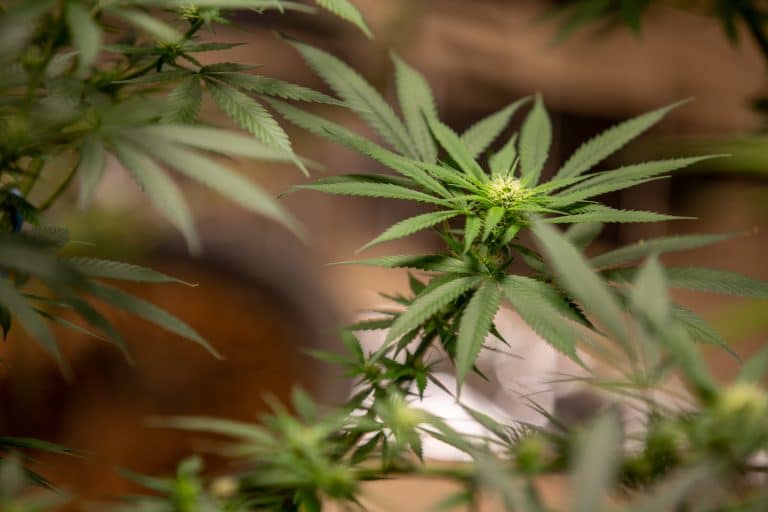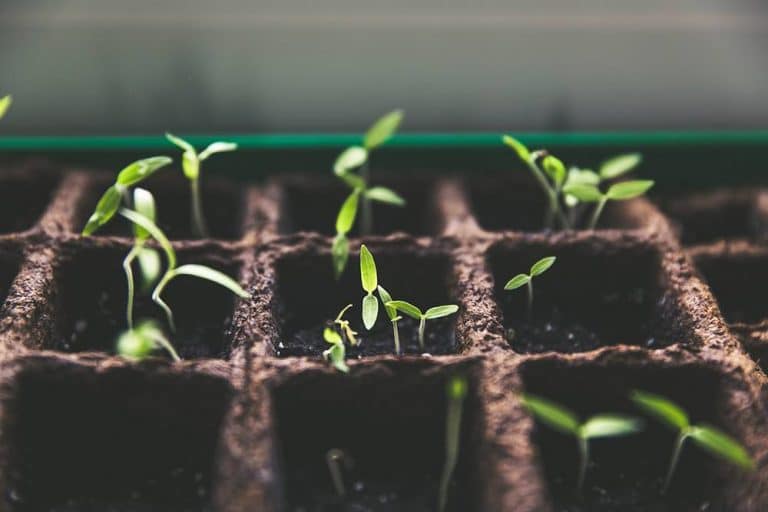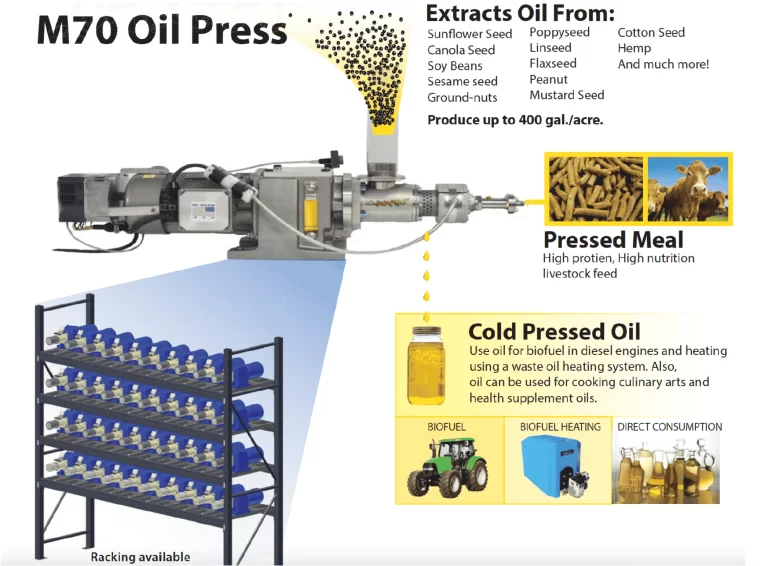Text: Gerbrand Korevaar, Curator Hash Marihuana & Hemp Museum
Photos: Hash Marihuana & Hemp Museum Amsterdam/Barcelona
The usage of medicinal cannabis goes back for centuries and it was, as it is nowadays, a global phenomenon. Traces of this history of the plant can be found in artefacts from countries all over the world, ranging from China to Ireland, or from India to the United States. Together these traces tell a captivating story about how people relied on this multifaceted plant to take care of themselves, and how important nature was for one’s health before the rise of the pharmaceutic industry. People knew and appreciated that home grown cannabis could have an analgesic, calming or stimulating effect on the human body.
This story is a central element in the presentations at the Hash Marihuana & Hemp Museum, which has venues in Amsterdam and in Barcelona. This private museum started by Sensi Seeds founder Ben Dronkers in 1985, is located in respectively a historic canal house and a Modernista city palace. In both museums an exquisite collection of antique cannabis medicine bottles visualizes the so-called golden age of medicinal cannabis.

From local pharmacist to multinational
It was the genius Irish scientist Dr. William Brooke O’Shaughnessy (1809-1889) who, in 1839, had re-introduced the West to the centuries-old medicinal use of marijuana and hashish in India. Inspired by his publications, cannabis extract started to be added to tinctures (alcohol based liquids), often in combination with other opiates and herbal extracts. At first local pharmacists made their own tinctures. The pharmacist would ask local farmers to grow hemp (among other herbs) for them. Flower tops of the plants thus obtained would then be prepared and either stored or taken to the back room and brewed into tinctures or other medicines. By the end of the 19th century this was taken over by pharmaceutical businesses. Some of these are still famous today, such as the multinationals Parke-Davis & Co. and Eli Lilly. From around 1850 until the US prohibition of 1937, cannabis was the third most used herb in compounded medicines and it was applied in well over a thousand branded or trademarked medical cannabis products. Most were alcohol-based tinctures in bottles, but they also included cannabis-impregnated corn plasters, anti-asthma cigarettes, pills, and candy.


“To relieve pains”
Physicians prescribed the concoctions to young and old alike to treat all sorts of afflictions. A few drops mixed with warm water were a good remedy for muscle cramps, menstruation pains, headaches or arthritis, or as a soporific, an agent that induces sleep. By the 1870s the United States dispensatory, a book of monographs describing the preparation and uses of medicines, noted: “The complaints in which [extract of Cannabis Indica] has been specially recommended are neuralgia, gout, rheumatism, tetanus, hydrophobia, epidemic cholera, convulsions, chorea, hysteria, mental depression, delirium tremens, insanity, and uterine haemorrhage.” Moreover, cannabis preparations were found “to allay spasms, to compose nervous inquietude, and to relieve pains.” Such descriptions indicate that cannabis use in the 19th century brought many of the positive effects most often associated with recreational and medicinal use today.
Remarkable artefacts of this important phase in the history of medicinal cannabis are rather mundane objects as cannabis bottles and containers. These bottles come in various shapes, colors and types, and their labels give insight into its contents and intended use. Over the years the Hash Marihuana & Hemp Museum has accumulated one of the world’s largest collections of such bottles from the 19th and early 20th centuries. Together they show visitors how in the era before the prohibition of 1937, the cannabis plant was part of general medicinal practice and everyday life in the Western world.

www.hashmuseum.com
Copyright The Best Grow (Pty) Ltd


